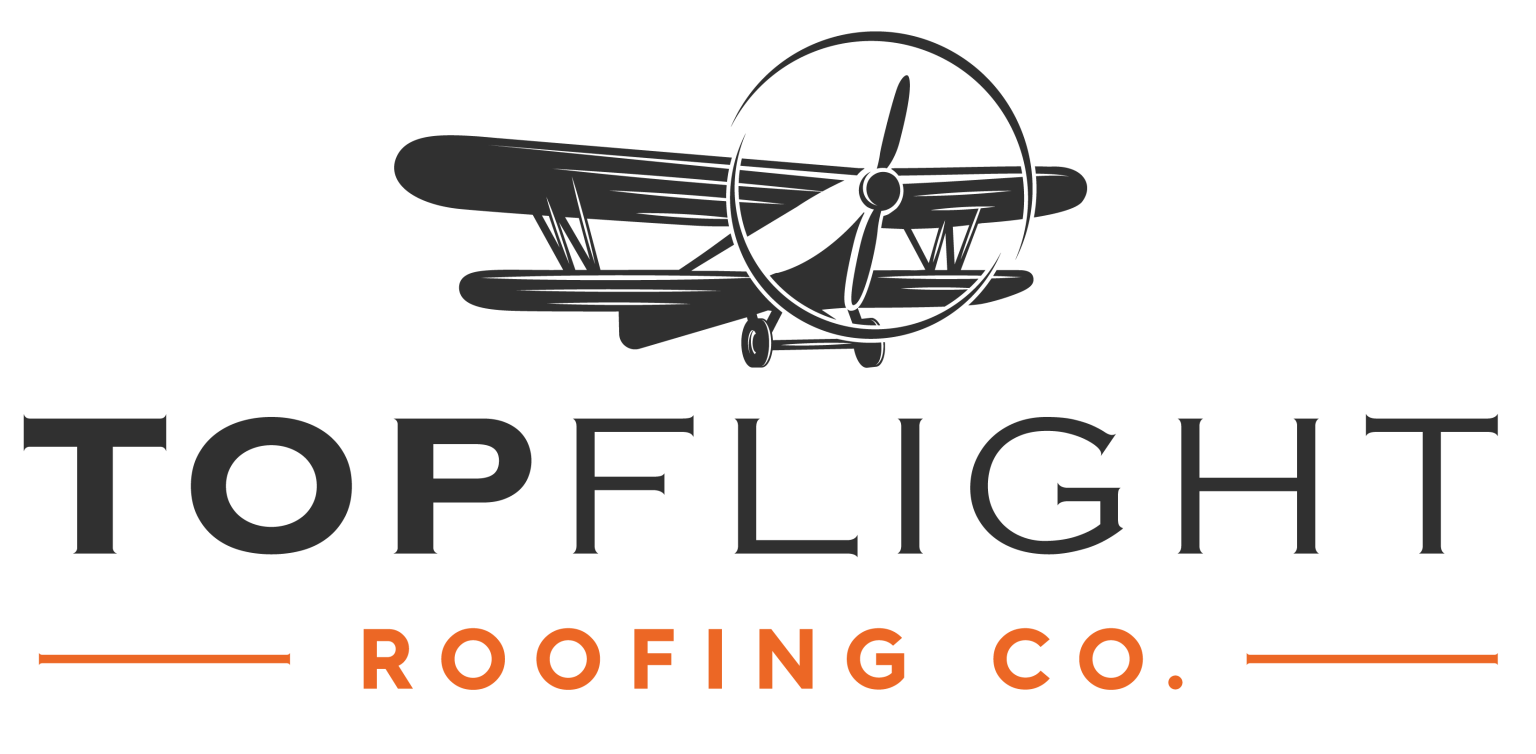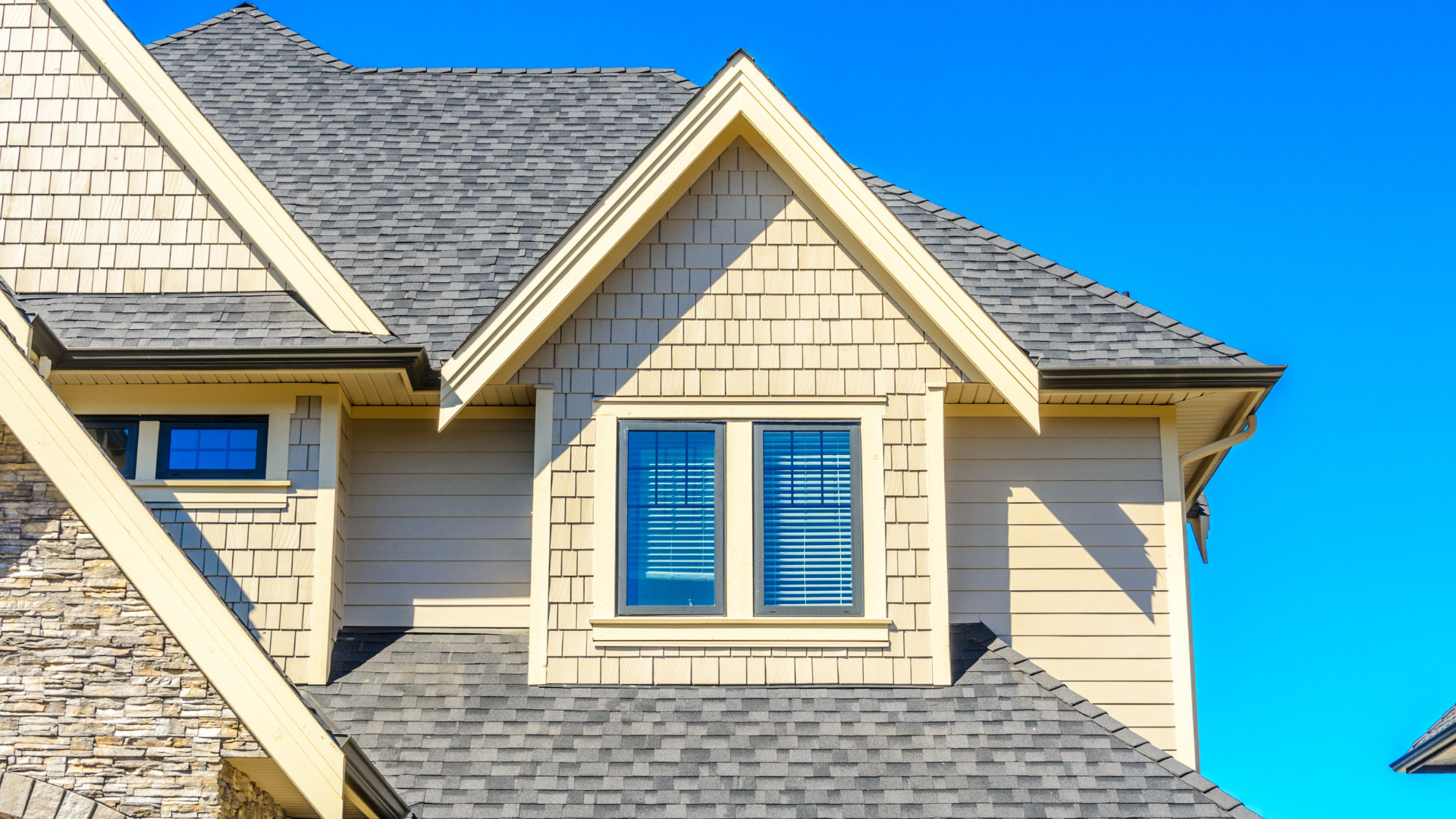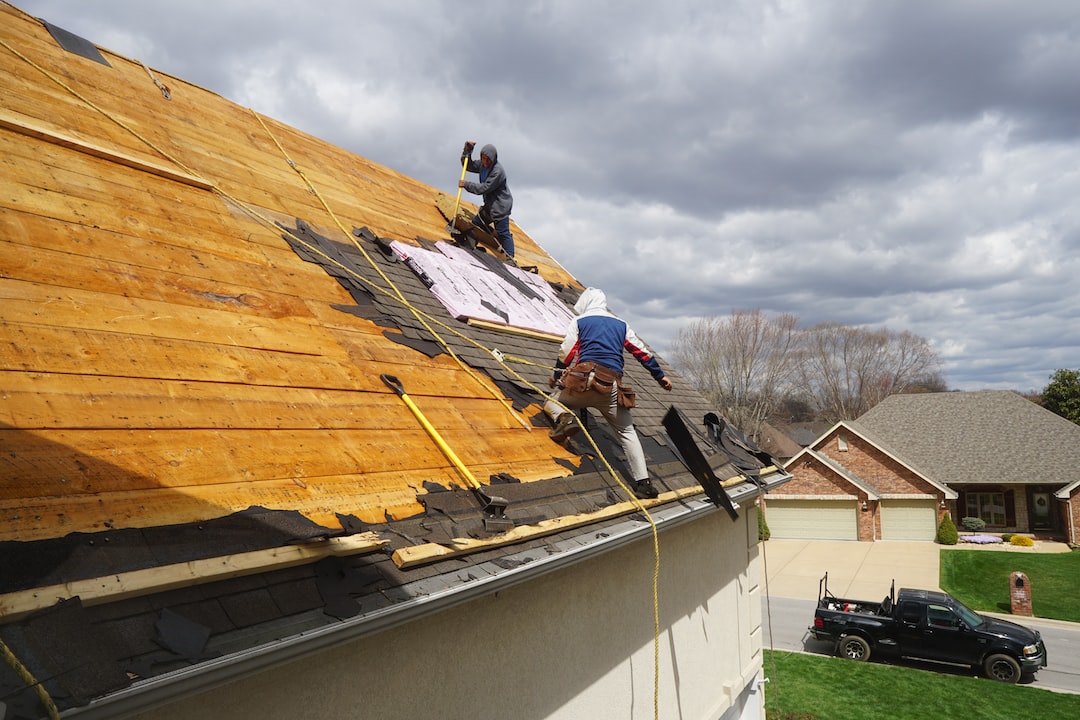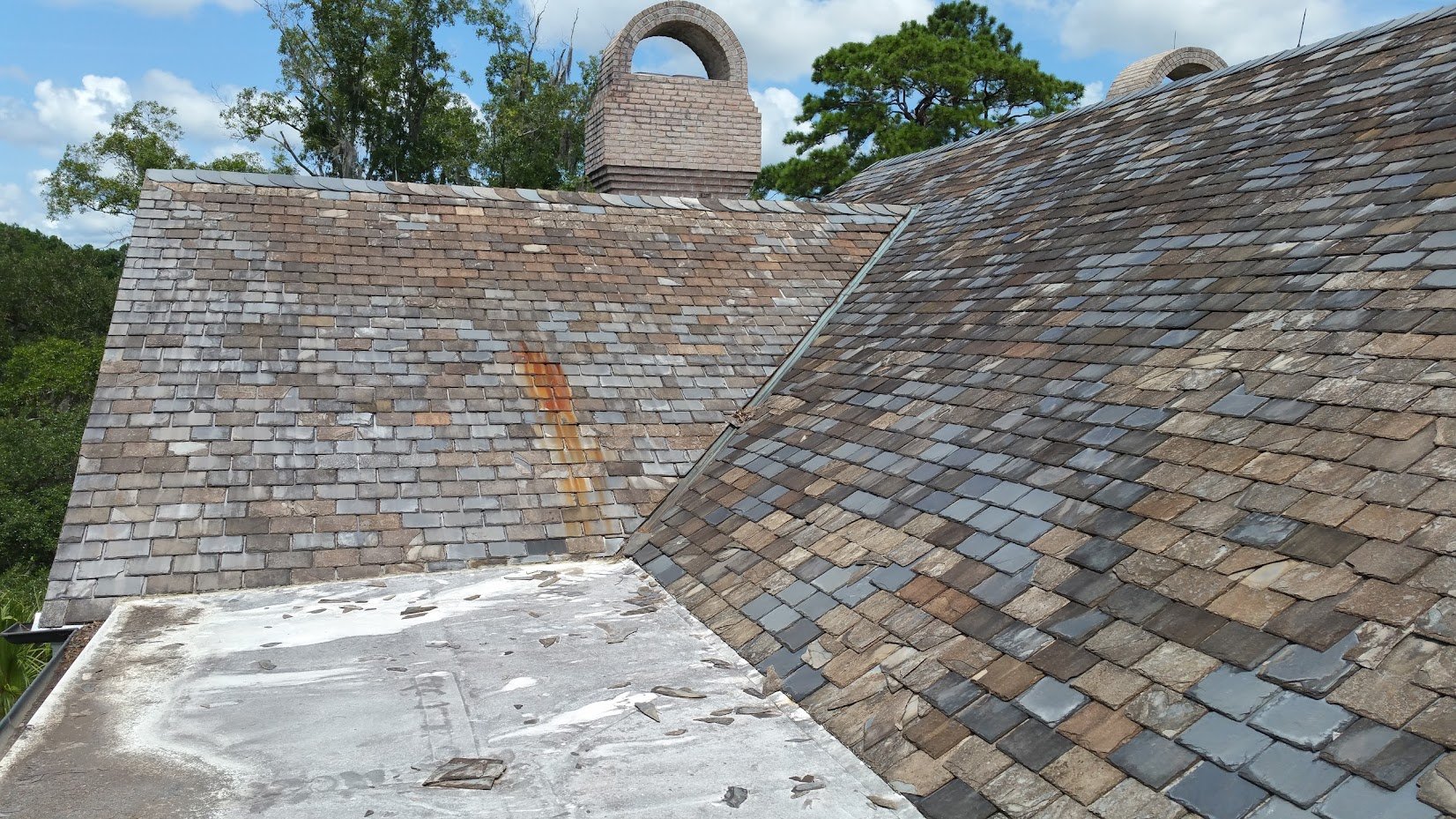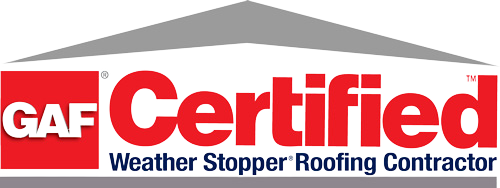Roof installation is a critical task that demands utmost attention to safety. Every year, the construction industry witnesses numerous accidents, many of which occur on rooftops. These incidents range from minor injuries to fatal falls, emphasizing the necessity of strict safety protocols. This blog post aims to explore the essential safety measures that should be considered during roof installation. It’s not just about getting the job done but ensuring it’s done without compromising the safety of those involved. Understanding and implementing these measures can significantly reduce the risk of accidents and provide a secure environment for effective and efficient work.
The significance of safety in roof installation cannot be overstated. Roofers face a unique set of risks, from working at heights to handling hazardous materials and tools. Overlooking safety measures can lead to disastrous consequences, affecting not just the workers but also the homeowners and the integrity of the building itself. In this comprehensive guide, we’ll delve into the various aspects of safety in roof installation, providing insights and guidelines to ensure a safe working environment.
Understanding the Risks
Roof installation involves several inherent risks that must be acknowledged and addressed. The most prominent risk is falling, which can occur due to unstable working surfaces, accidental slips, or inadequate fall protection. Falls from roofs can lead to severe injuries or even fatalities. Additionally, roofers often encounter dangers from tools and equipment, ranging from cuts and abrasions to more severe injuries from power tools. Electrical hazards, especially when working near power lines or during installations involving solar panels, are also a significant concern.
Understanding these risks is the first step in mitigating them. It’s crucial for roofing professionals and homeowners to be aware of the potential dangers involved in roofing projects. This awareness not only fosters a culture of safety but also helps in the proper planning and execution of roofing tasks. By acknowledging the risks, workers can be better prepared to handle them, and safety measures can be effectively implemented.
Personal Protective Equipment (PPE)
Personal Protective Equipment (PPE) is essential for ensuring the safety of workers during roof installation. The basic PPE kit should include a hard hat to protect against falling objects, safety glasses or goggles for eye protection, and sturdy gloves to guard against cuts and abrasions. Additionally, roofers should wear non-slip footwear to prevent slips and falls, which are among the most common roofing accidents. For projects involving electrical work, insulating gloves and other specialized protective gear may be necessary.
Apart from the basic PPE, roofers should also utilize safety harnesses and other fall protection gear, especially when working on steep or high roofs. A safety harness should be comfortably fitted and securely attached to a solid anchor point. This equipment is vital in preventing falls or minimizing injury in case of a slip. It’s important that all PPE is regularly inspected for wear and tear and replaced when necessary to ensure its effectiveness.
Safe Use of Tools and Equipment
Proper use and maintenance of tools and equipment are paramount in roofing safety. All tools should be regularly inspected for damage and repaired or replaced as needed. Power tools, in particular, require careful handling. They should always be used in accordance with the manufacturer’s instructions and stored safely when not in use. Using the right tool for the job and ensuring it is in good working condition can prevent many accidents.
In addition to tools, the equipment used for roof installation, such as ladders and scaffolding, must be chosen and used correctly. Ladders should be stable and appropriately sized for the task, while scaffolding should be properly erected and secured. Workers must be trained in the safe use of these equipment, understanding how to set them up and move them safely to avoid falls and injuries.
Ladder Safety
Ladder safety is a critical component of roof installation. The selection of the right ladder is the first step: it should be tall enough to reach the work area comfortably without overstretching and strong enough to support the worker’s weight along with any tools or materials. When setting up a ladder, ensure it’s on stable, level ground and at the correct angle – the base should be one foot away from the wall for every four feet of height.
Once the ladder is set up, practicing safe climbing techniques is essential. This includes maintaining three points of contact with the ladder at all times – either two feet and one hand or two hands and one foot. Ladders should never be overloaded, and workers should avoid leaning or reaching too far to the side, as this can cause the ladder to tip over. Regular inspections for wear and damage are also crucial to maintain ladder safety.
Fall Protection Systems
Fall protection is a crucial safety measure in roof installation, especially when working at heights. There are several types of fall protection systems, including guardrails, safety nets, and personal fall arrest systems (PFAS). Guardrails provide a physical barrier to prevent falls, while safety nets catch workers if they do fall. PFAS, which typically includes a harness, lanyard, and anchor system, is designed to stop a fall before the worker hits the ground.
Selecting the appropriate fall protection system depends on the specific conditions of the job site. It’s important to ensure that any fall protection equipment is properly installed and used. Regular training on the use of these systems is also vital to ensure that workers are aware of how to properly don and use the equipment, as well as understanding the limitations and proper care of these systems.
Electrical Safety
Electrical safety is another critical consideration during roof installation. Workers should be aware of the location of power lines and maintain a safe distance from them. When working near power lines, using non-conductive ladders and tools is essential to prevent electrical shocks. Additionally, when installing roofing materials near electrical systems, extra caution should be taken to avoid any contact that could lead to electrical hazards.
For projects involving the installation of solar panels or other electrical components, specialized training in electrical safety is imperative. Workers should understand how to safely handle and install these components to avoid electrocution or other electrical injuries. A thorough inspection of the work area for electrical hazards before beginning work can help identify and mitigate potential risks.
Training and Awareness
Training and safety awareness are key to preventing accidents during roof installation. All roofing professionals should undergo regular training in safety practices and procedures, including the correct use of PPE, safe handling of tools and equipment, ladder safety, fall protection, and electrical safety. This training should be ongoing, as safety standards and practices can change over time.
In addition to formal training, promoting a culture of safety within the roofing team is crucial. Regular safety meetings and drills can help reinforce safety practices and keep safety at the forefront of everyone’s mind. These meetings are also an opportunity to discuss any concerns or suggestions regarding safety on the job site.
Weather Considerations
Weather plays a significant role in roof installation safety. Planning and adjusting work schedules according to weather conditions are vital. For instance, avoiding work during extreme weather conditions like high winds, heavy rain, or lightning is essential for safety. In hot weather, taking precautions against heat exhaustion and dehydration is important, while cold weather requires measures to prevent hypothermia and slipping on ice or snow.
Workers should be trained to recognize the signs of weather-related health issues and take appropriate action. This might include taking regular breaks, staying hydrated, wearing appropriate clothing, and using sun protection. Monitoring weather forecasts and having a plan in place for sudden weather changes can help minimize risks associated with adverse weather conditions.
Ensuring safety during roof installation is not just a regulatory requirement; it’s a fundamental responsibility to protect workers and ensure a successful project completion. From understanding the inherent risks to using the right equipment and following best practices, every aspect of safety is crucial. Regular training, awareness, and adherence to safety protocols play a significant role in preventing accidents and injuries.
If you’re planning a roofing project and want to ensure that all safety measures are diligently followed, consider reaching out to Apex Roofing Pros. Their team of experienced professionals is trained in the latest safety protocols and equipped to handle roofing installations with the utmost care and precision. With Apex Roofing Pros, you can be assured of a safe, efficient, and high-quality roof installation. Contact them today to discuss your roofing needs and experience their commitment to safety and excellence.
